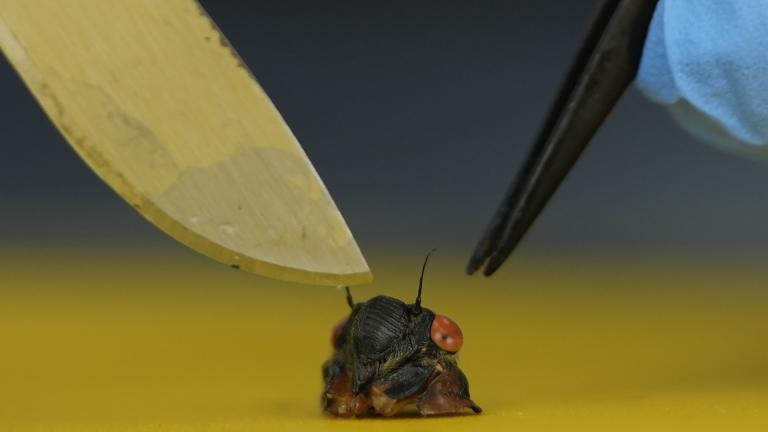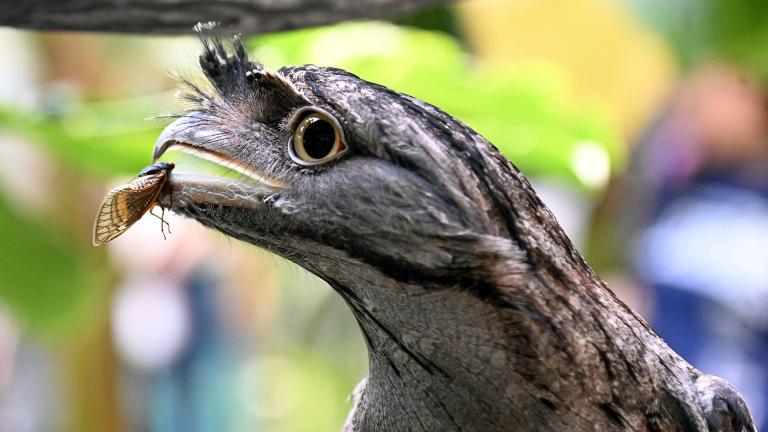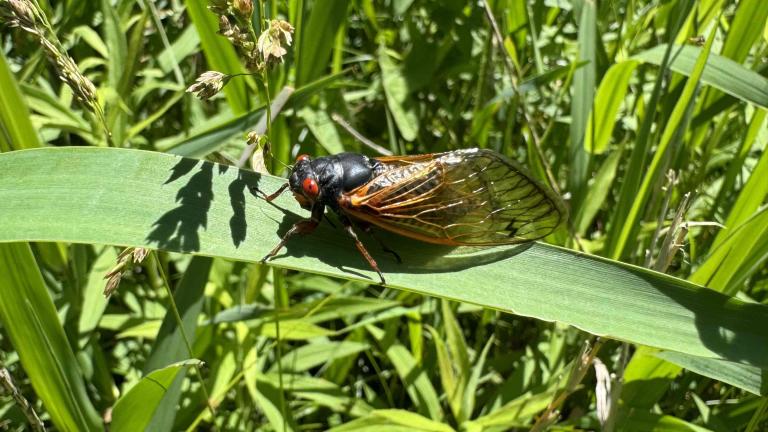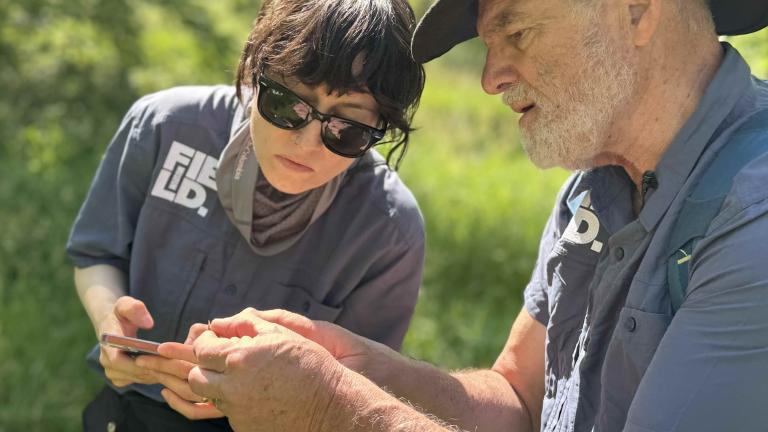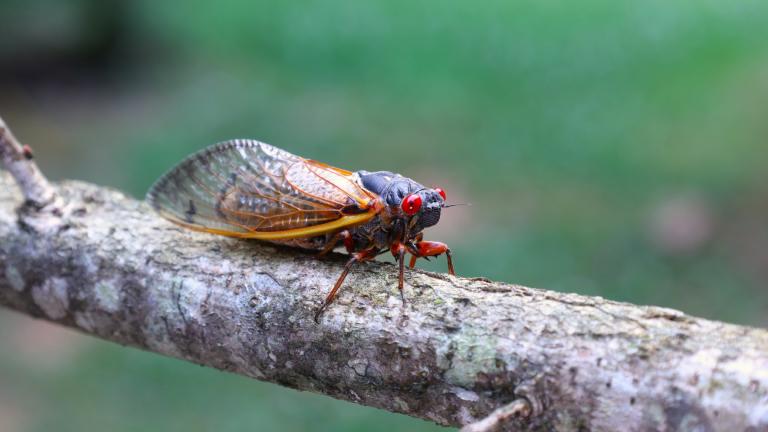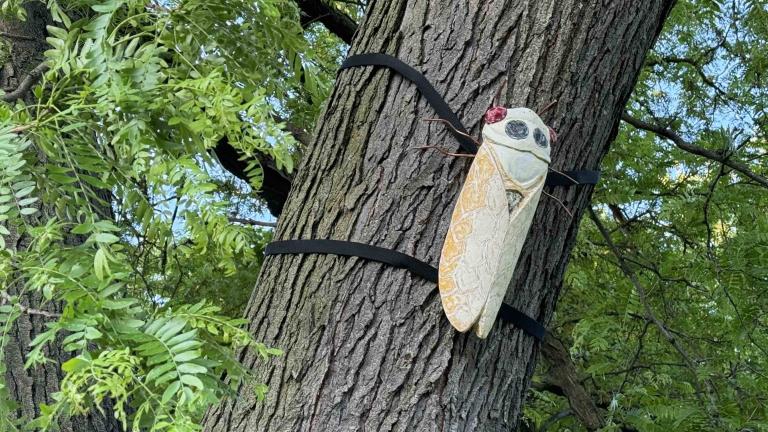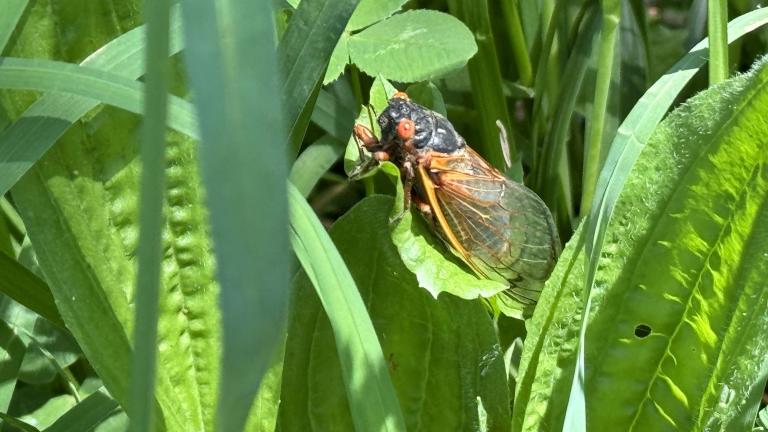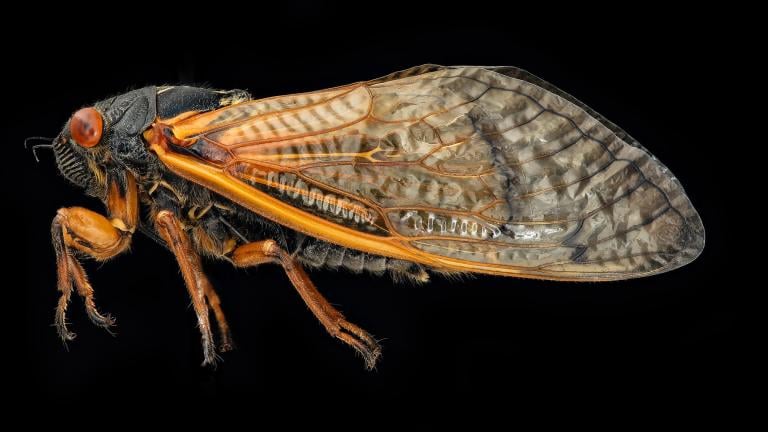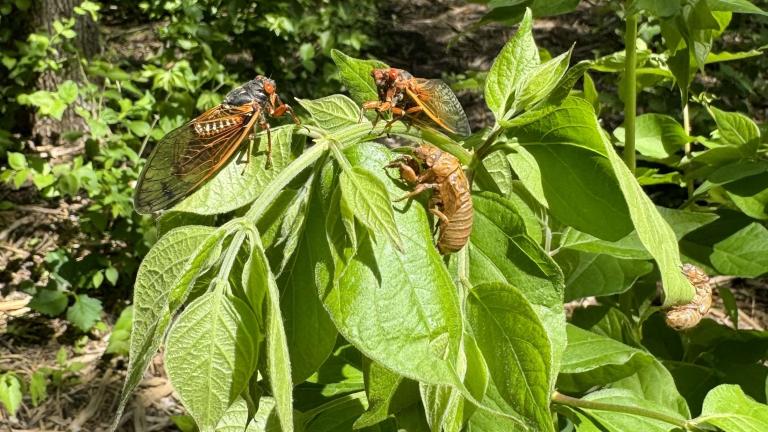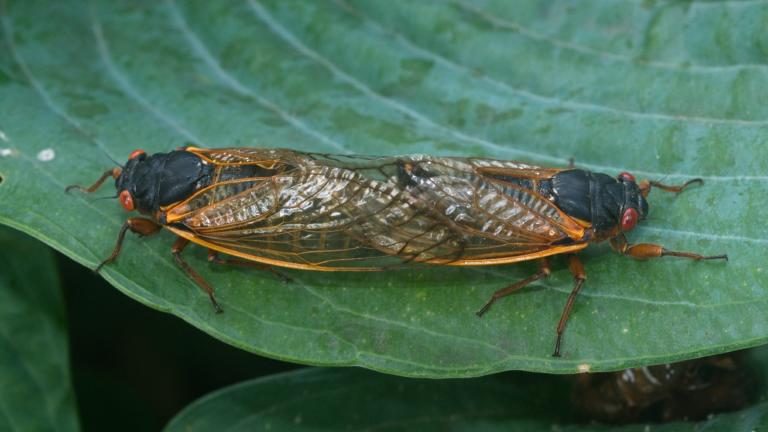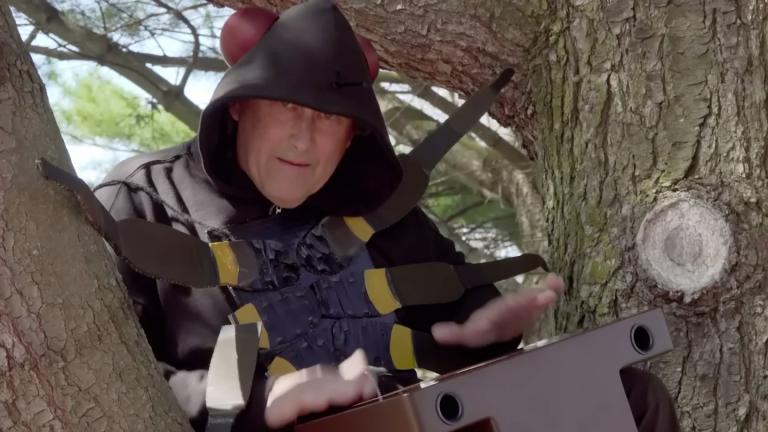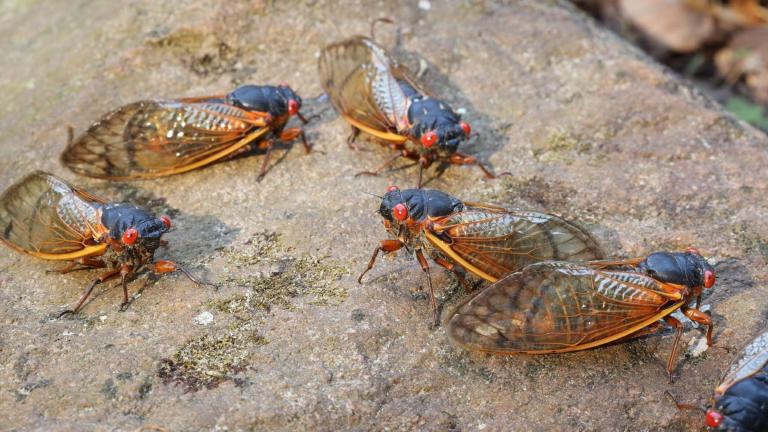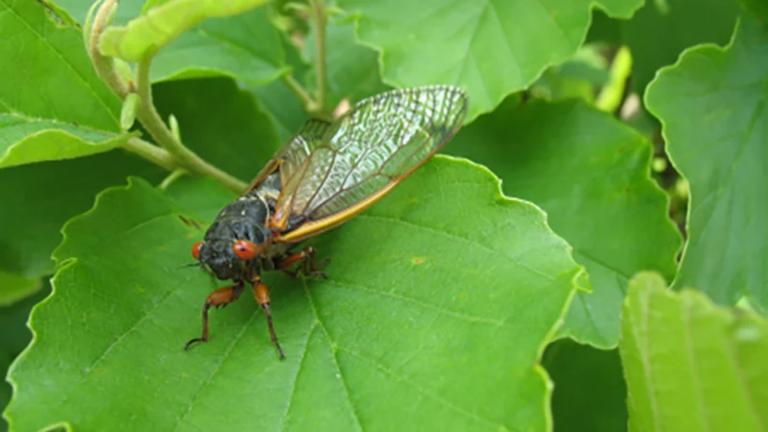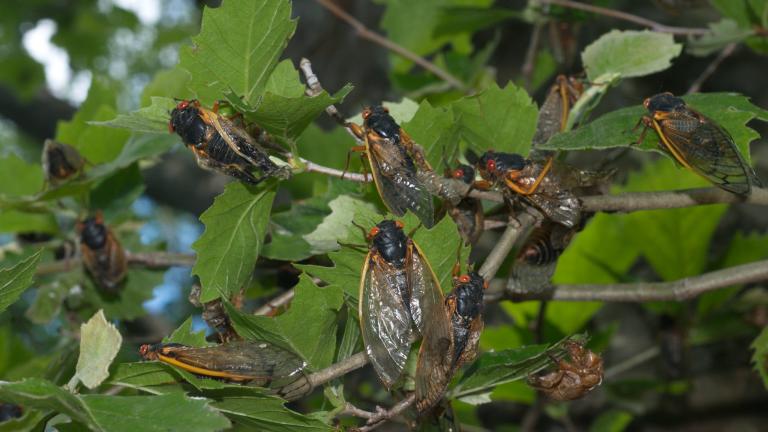With their bulging red eyes and their alien-like mating sound, periodical cicadas can seem scary and weird enough. But some of them really are sex-crazed zombies on speed, hijacked by a super-sized fungus.
Cicadas
Collecting Sex-Crazed Zombie Cicadas on Speed: Scientists Track a Bug-Controlling Super-Sized Fungus
All signs point to a cicada-induced vitamin deficiency as the cause of a mystery disease that affected some birds during a 2021 emergence and now again in 2024.
Members of the first wave of cicadas have done their thing: They came, they molted, they screamed, they bred, and now they’re dying.
The Field Museum has more than 10 million specimens in its insect collection and — believe it or not — not a single 13-year periodical cicada among them. So what better time than now to fill that gap?
If you wouldn’t eat a vegetable grown in that soil, don’t eat a cicada.
Some of the early “They’re here!” excitement has definitely given way to “Wait, they’re staying for how long?” At the opposite end of the spectrum, Chicagoans are wondering why they got left out of the great 2024 emergence.
In case you haven’t heard, the cicadas are coming, and things are about to get loud. WTTW News explains.
Periodical cicadas use trees’ lifecycles to “count” years. But when trees get duped by climate change, so do the insects. Could it lead to new broods?
The Illinois Department of Natural Resources has announced its plan to host a cicada-themed art show during the Illinois State Fair and is seeking entries from the public, looking for interpretations of cicadas or broods.
The massive emergence of 17-year cicadas has started in Chicago and the surrounding region. Here's what to look for next.
In 2024, Illinois can’t be beat for periodical cicadas. Here’s everything you need to know about these fascinating creatures, and what to expect between now and July.
“Nature education is a big part of what we do here, but you gotta find a way to make it interesting so that people actually watch it,” said Jonathan Mullen, part of the team behind the viral video.
Cicada Watch 2024 is reaching fever pitch in the Chicago region, where Brood XIII periodical cicadas are expected to burst from the ground by the millions, any day now. Here’s what’s in store.
It’s not uncommon for some cicadas to jump the gun, experts said. Recent sightings, especially after last weekend’s rains, aren’t a sign that the mass emergence has started.
Young trees could be vulnerable to damage from the emergence of millions of periodical cicadas in Illinois this spring. Here are tips on how to protect your trees.

